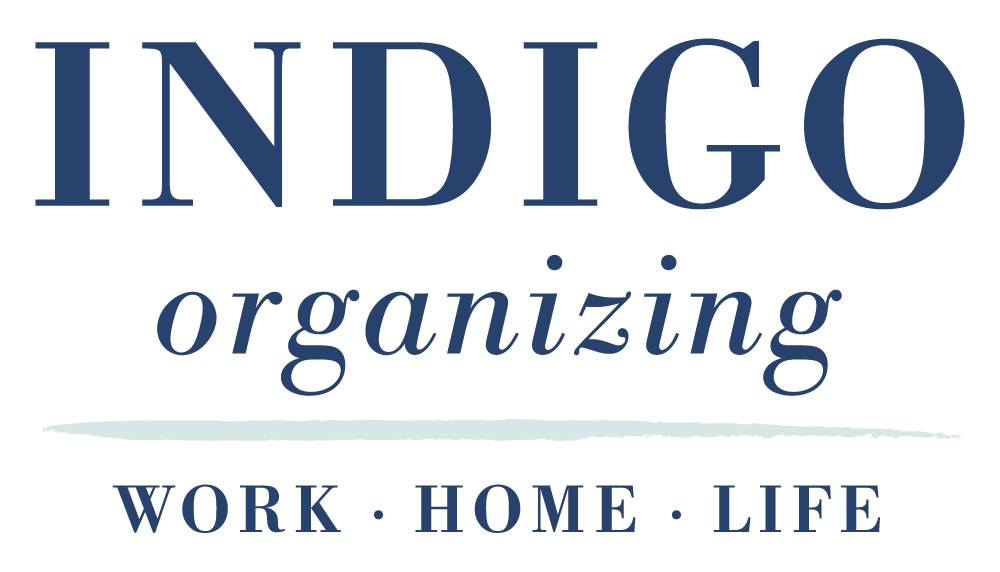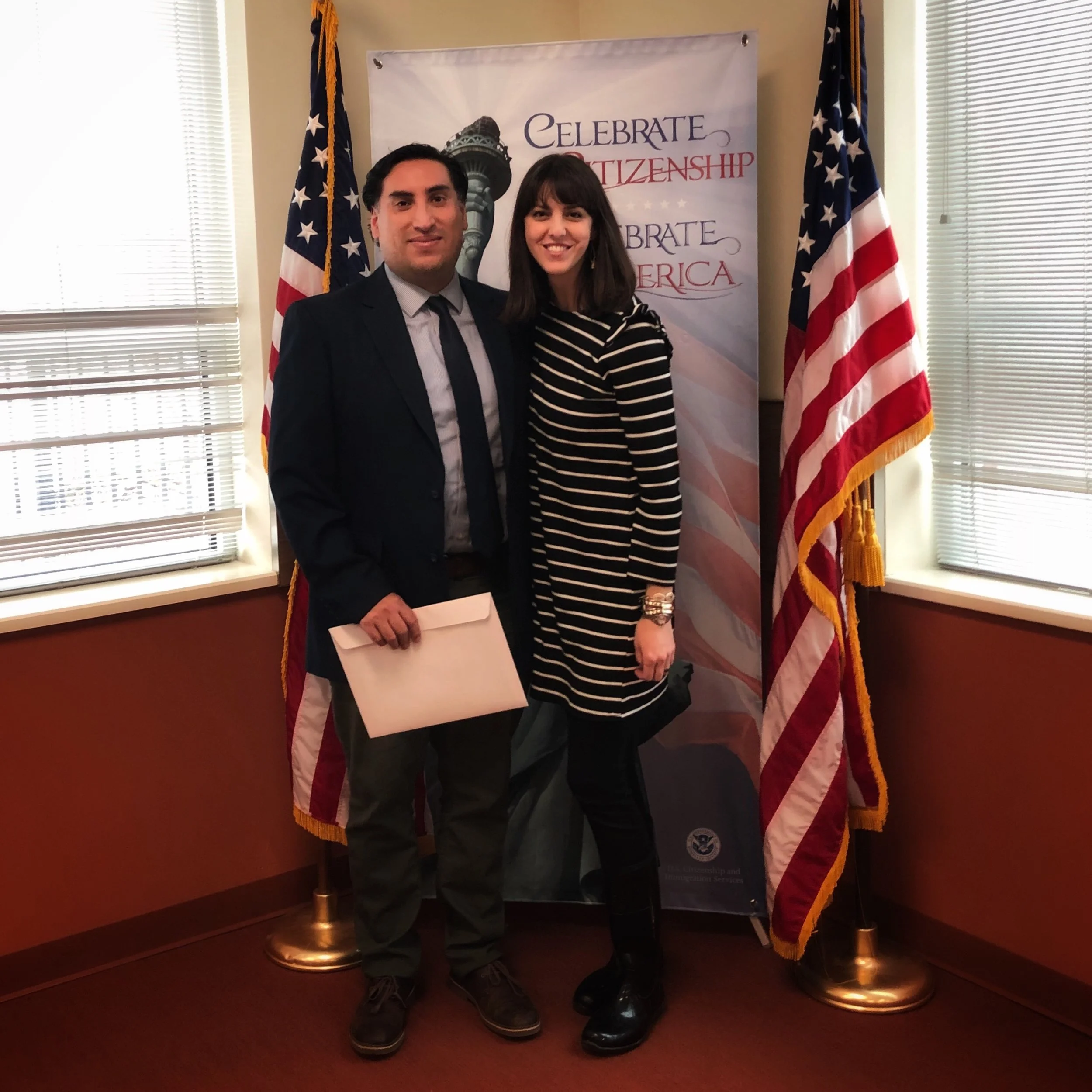On a snowy Monday this month, in a nondescript building in West Philadelphia, my husband became a U.S. citizen. He was joined by 68 other people, representing 28 countries. We waved flags. He gave an oath. We took pictures.
Some people ask my husband: Why now?
My husband will answer some variation of this: Because we all want to contribute. We all want to be a part of something. Because it’s a beautiful thing to want to work towards the same goal of unity, love, acceptance and courage. Because the beauty and richness of the United States comes from the fact that it opened itself up to the world.
I know, I know. He’s kind of a deep guy. That’s why I like him. (If you want to hear more about how we met in Chile, you can read here.)
That same week, I finished Michelle Obama’s book, Becoming.
I listened to the book, captivated by her strong voice and her authentic story from childhood to today. Maybe it was because my own family was knee-deep in the the logistics and emotions of my husband’s citizenship process, but the book struck a chord with me, particularly the last lines:
And here is what I have to say, finally: Let’s invite one another in. Maybe then we can begin to fear less, to make fewer wrong assumptions, to let go of the biases and stereotypes that unnecessarily divide us. Maybe we can better embrace the ways we are the same. It’s not about being perfect. It’s not about where you get yourself in the end. There’s power in allowing yourself to be known and heard, in owning your unique story, in using your authentic voice. And there’s grace in being willing to know and hear others. This, for me, is how we become.
You see, these words also came to me at a time when Marie Kondo’s Netflix show burst onto the scene, creating a lot of excitement and curiosity. Since my passion today is all about helping people to find more joy via the KonMari Method, I was intrigued by all of the discussion.
Amidst the funny memes and online comments, one could, at times, identify a subtle undercurrent of fear, distrust or ridicule, and not necessarily of the method, but of Marie herself and where she comes from. It was as if some were saying, Who does this small, strange Japanese woman think that she is?
Luckily, an article appeared in the Huffington Post that dug deep on this question. In her article What White Western Audiences Don’t Understand about Marie Kondo’s Tidying Up, Margaret Dilloway explores why the show, and Marie herself, may have hit a nerve with some.
Of Japanese heritage herself, Dilloway helps us understand the concept of Shinto and how the KonMari Method is imbibed with the sacred practice of gratitude and wonder:
Kami are Shinto spirits present everywhere — in humans, in nature, even in inanimate objects. At an early age, I understood this to mean that all creations were miracles of a sort. I could consider a spatula used to cook my eggs with the wonder and mindful appreciation you’d afford a sculpture; someone had to invent it, many human hands and earthly resources helped get it to me, and now I use it every day.
Wow. This thinking is SO different. Starting in the 80s, we became bombarded by cheap goods produced overseas. We bought, and we bought, and we bought and we BOUGHT. We started to question less, and want more. We started to value less, and toss more. And with this new behavior, I worry we lost our sense of gratitude and wonder.
Dilloway goes on to say:
It’s cultural to imbue objects with a sort of dignity. Japanese culture, like any, is not monolithic, but the expectation to respect where you live and work — and therefore other people — is ingrained into many Japanese households that practice Shinto traditions. Treasuring what you have; treating the objects you own as not disposable, but valuable, no matter their actual monetary worth; and creating displays so you can value each individual object are all essentially Shinto ways of living. Even if you don’t have the space for shelves of books or can’t afford a dresser with enough drawers, make what you have work for you, instead of being unhappy that you don’t have more.
So, who DOES Marie Kondo think she is?
She is someone who wants to teach us about gratitude. She wants to re-connect us with the wonder and the joy of the world around us. She wants us to treat our homes as the sacred places that they are, that protect us from the elements and the chaotic world today.
Does she tap books to wake them up? Yes.
Does she believe it’s a crime to ball up your hard-working socks? Yes.
Does she urge you to empty your purse every day? Yes. (Ok, even I’m still not totally on board with THAT one.)
But she’s trying to teach us something. Just like my husband, she wants to contribute. She wants to share a different way of thinking. She wants to help bring simplicity and joy to our lives.
In the words of Michelle Obama, “there is grace in being willing to know and and hear others”.
Let’s invite each other in.

